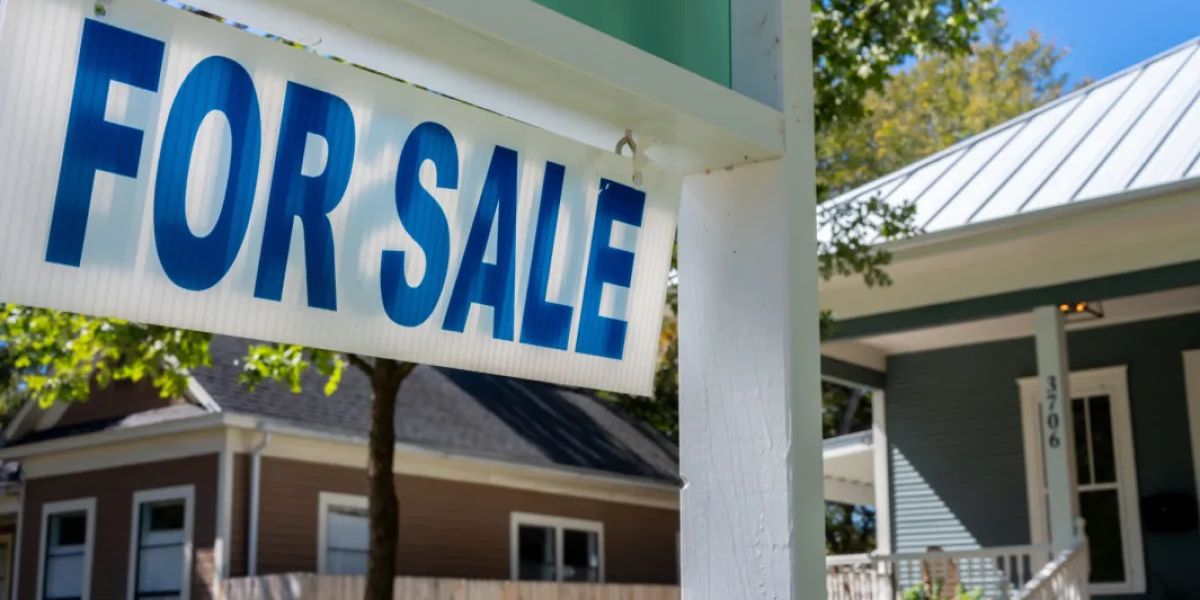In California, where home prices have seen decades of uninterrupted growth, many homeowners are discovering that selling their property could come with a steep and unexpected tax bill. Thanks to a federal capital gains exclusion that hasn’t been adjusted since 1997, a majority of California sellers now face what’s increasingly known as a hidden home equity tax.
According to the National Association of REALTORS®, 62.2% of homeowners in California have built up enough equity to exceed the $250,000 capital gains exclusion limit for individuals.
Another 30.8% surpass the $500,000 threshold for couples filing jointly. In one of the nation’s most competitive housing markets, that means millions are exposed to potential taxes on profits they once assumed would be protected.
A 1990s tax rule that no longer fits
The federal capital gains exclusion was created in 1997 to simplify real estate taxes. It allows homeowners to exclude $250,000 in profit ($500,000 for married couples) when selling their primary residence. But those figures were never indexed to inflation.
Since then, national home values have increased by more than 260%. If the caps had kept up, they’d now be more than $660,000 for individuals and $1.32 million for couples. In California—where homes in cities like San Francisco, San Jose, and Los Angeles often sell for $1 million or more—many longtime owners are now well beyond the limit.
Sellers not only face federal capital gains taxes, but California also taxes gains as ordinary income, with rates as high as 13.3%. That means the combined tax burden for some sellers can easily reach into six figures.
A widespread issue across the Golden State
Unlike many other states, California’s exposure isn’t limited to luxury markets. The state’s 62.2% over-exemption rate is among the highest in the country. Even in inland communities and suburban counties, long-term owners are now learning how capital gains tax on a home sale applies to them.
You can see that number greatly surpasses that of neighboring Nevada (43%) and Arizona (48.5%). In fact, the only state that surpasses California’s metric is Washington State (64.8%).
In addition, 30.8% of homeowners exceed the $500,000 limit for joint filers—an unusually high percentage that reflects both the age of California’s housing stock and the long average tenure of homeowners.
Many of these sellers are retirees who’ve stayed in their homes for decades, relying on that equity to fund their next chapter. But now, a large portion of those funds could go to the IRS.
By 2035, the numbers only get worse
According to NAR projections, by 2035, nearly 86% of California homeowners will exceed the $250,000 exemption limit. More than 78% will surpass $500,000. That future tax exposure will impact not only individual households, but also the state’s overall housing mobility.
This looming financial penalty discourages many owners from selling. As more people choose to stay put, inventory tightens, and prices remain elevated. Housing experts refer to this as a “stay-put penalty,” one of the key drivers behind the nationwide housing market freeze.
To address the growing problem, the More Homes on the Market Act would double the existing exemption amounts and adjust them for inflation going forward. The bill is supported by housing advocates who say the current policy punishes long-term owners and contributes to the state’s housing crunch.
“Equity shouldn’t be a trap,” says Shannon McGahn, chief advocacy officer at the National Association of REALTORS®. “It should be a stepping stone for the next chapter”.
For now, California homeowners considering a move should talk to a tax advisor and explore strategies for managing their exposure. That includes understanding how capital gains affect inherited properties and when a sale might trigger a higher tax bracket.




